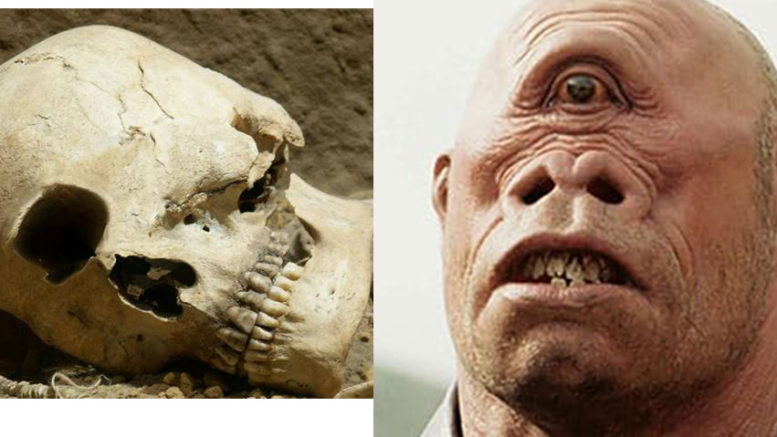Did ancient fossils inspire the tales of the fearsome one-eyed Cyclops? Dive into the discovery that might have given birth to legendary stories!
The ancient world is filled with captivating myths and legends that have stood the test of time. Among these, the one-eyed Cyclops, a fearsome and gigantic creature, is a prominent figure in Greek mythology. But have you ever wondered if there is a grain of truth behind this fantastical creature? In this article, we will delve into the intriguing possibility that ancient fossils could have inspired the tales of the one-eyed Cyclops, shedding light on the origins of this legendary story.
In Greek mythology, the Cyclopes were a race of one-eyed giants, known for their immense strength and craftsmanship. They were often depicted as violent and uncivilized creatures. The most famous Cyclops, Polyphemus, encountered the hero Odysseus in Homer’s epic poem, “The Odyssey,” where he trapped Odysseus and his crew in his cave. The myth of the Cyclops has fascinated scholars and storytellers for centuries.
During ancient times, people frequently stumbled upon large, unusual bones and fossils. These remains, often resembling gigantic human skulls, could easily have been misinterpreted as the remains of legendary creatures. In particular, the skull of a prehistoric elephant known as the Deinotherium, which lived in the Mediterranean region during the Pleistocene epoch, bears a striking resemblance to a one-eyed creature when viewed from the front.
The Deinotherium, a distant relative of modern elephants, had long, curved lower tusks that pointed downward. When early humans found these fossils, they might have believed that they were the skulls of monstrous beings with a single, central eye socket. This interpretation could have sown the seeds for the tales of the Cyclops.
While the idea that ancient fossils might have contributed to the Cyclops myth is intriguing, it’s essential to recognize that mythology often involves symbolic and metaphorical elements. The Cyclops, with its one eye, could symbolize the cyclical nature of life and death, the concept of singular focus, or even a representation of the unknown and the fear it instills.
The connection between ancient fossils and the myth of the one-eyed Cyclops is a fascinating theory that offers a fresh perspective on the origins of legendary tales. While it’s challenging to prove definitively that fossils inspired these myths, it’s essential to remember that ancient civilizations often wove their experiences and discoveries into their storytelling. The Cyclops remains an enduring and enigmatic figure in the world of mythology, reminding us that the boundary between reality and legend can be blurry and open to interpretation.
Hits: 10





